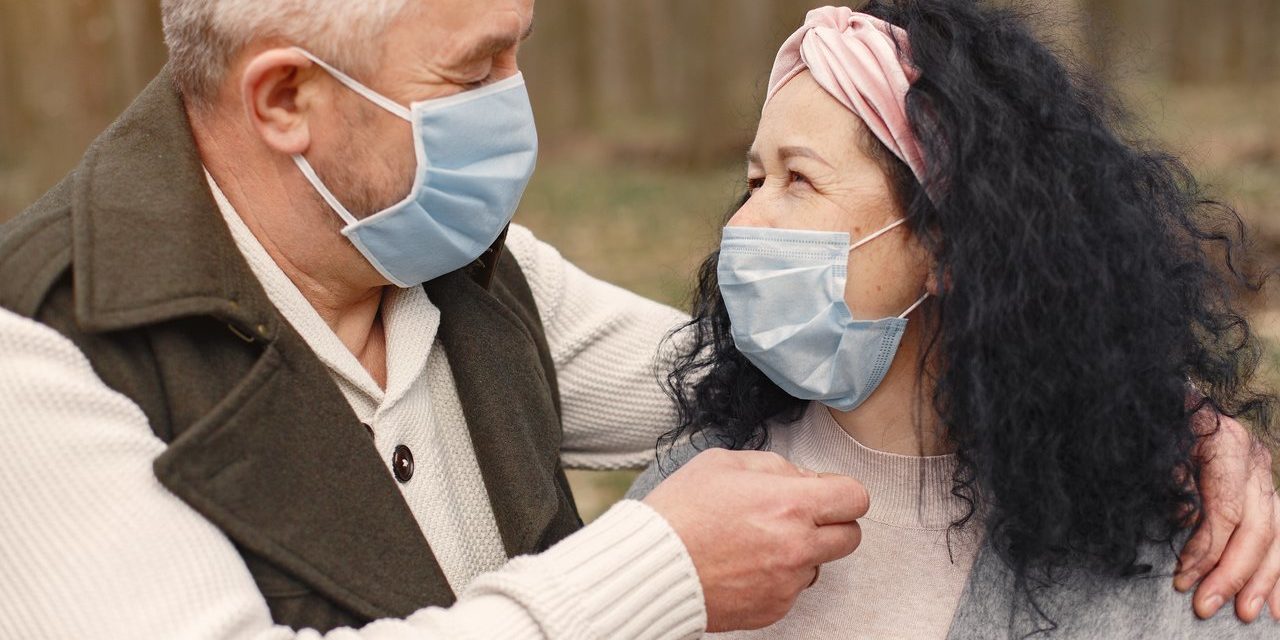On May 19, the Official State Gazette (BOE) established the obligation to wear a mask “on public roads, in open-air spaces and in any closed space for public use or that is open to the public, as long as it is not possible to maintain an interpersonal safety distance of at least two meters”. But this order of the Ministry of Health of Spain contemplated several exemptions in the use of this sanitary material.
This Order SND / 422/2020 justified the use of masks “by the ability they have shown to block the emission of infected droplets” and placed special emphasis on surgical masks, since they help to stop the spread of SARS-CoV-2 between the society.
However, the BOE details the groups of people exempt from wearing a mask, depending on their age range, the presence of respiratory difficulties, their mental disorders, or the type of activity they are doing. So, who is exempt from wearing a mask?
Who is exempt from wearing a mask? 4 groups
People with respiratory conditions and difficulties
One of the most relevant groups exempt from wearing a mask according to the BOE are people with respiratory difficulties. Because this medical material, while stopping the spread of cough and saliva particles from the user, also hinders the natural flow of air in the respiratory tract, slowing down the cycles of inspiration and expiration.
For most of the population, this disadvantage of masks does not present major drawbacks. People who suffer from respiratory diseases and problems (asthma, rhinosinusitis, whooping cough, COPD, acute bronchitis, etc.) may have their symptoms aggravated. For this reason, they are exempt from the mandatory use of the mask.
In a similar situation are people with anxiety or susceptible to a panic attack or depression. If the mask – and its consequent obstruction of normal breathing – generates a propensity to anxiety in this population group, it is exempt from its use.
Babies and children under 6 years old
The exemption from wearing masks also covers infants under 6 years of age. In a word, children from 0 to 5 years of age have no obligation to use this sanitary material. This is stated in the Order SND / 422/2020 of May 19, in which the following is detailed: “People aged six years and over are obliged to use masks in the designated spaces.”
However, it is common to see this population group with a mask in parks and open spaces. This precaution is explained by the WHO recommendations to use child-friendly masks in “virus-intensive” settings. On the other hand, a document from the Ministry of Consumer Affairs and the UNE regulations specified how masks should be for children: from 3 to 5 years old they should use masks 5.5 cm high and 13 cm wide, while children from 6 to 9 will opt for masks 6.5 cm high and 15 cm wide.
People with mental disorders
Who is exempt from wearing a mask, in addition to the above groups? According to the ministerial order of the BOE, this sanitary material is not mandatory for «people in whom the use of a mask is contraindicated for duly justified health reasons, or who, due to their situation of disability or dependency, present behavioural alterations that make its use unviable».
The keywords in this paragraph are ‘disability’ and ‘behavioural disturbances’, which cover a wide spectrum of diseases and disorders. Added to the ministerial order are the statements of the director of the Center for the Coordination of Health Alerts and Emergencies, Fernando Simón: “The use of masks cannot be done by everyone in the same way, there are groups where the use is not easy.”
Thus, people with cognitive, sensory, or behavioural disabilities are exempted from the obligation to wear a mask. Children and adults with autism are included in this exception, due to the difficulty, in many cases, of understanding their rules of use or hypersensitivity to contact with this material on the face.
Exceptions for the activity carried out
This last group of those exempt from wearing a mask is the most extensive and confusing. This exception is detailed in Article 2 of Order SND / 422/2020, applicable to people in the “development of activities in which, due to their nature, the use of the mask is incompatible.” It is also valid for people who face a “cause of force majeure or situation of need”.
For most athletes (runners, footballers, crossfit practitioners, etc.), this rule keeps them exempt from the use of a mask during the development of their activity. But in other disciplines there is a double interpretation. Such is the case with cyclists. If they develop an effort that makes breathing difficult and they can maintain a safety distance of 1.5 meters, they are exempt; otherwise (a walk in the park, travel to work, etc.) they are obliged to use it.
